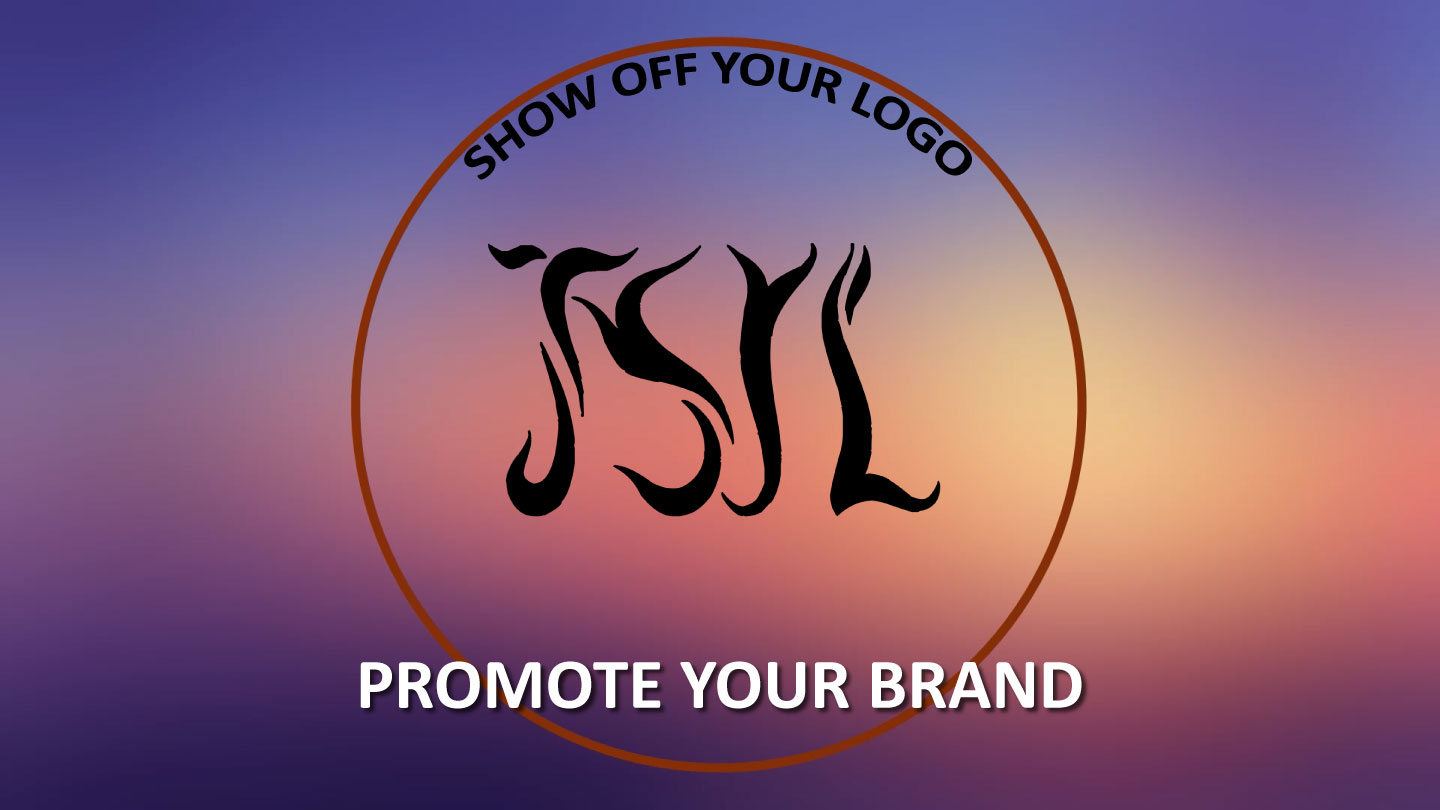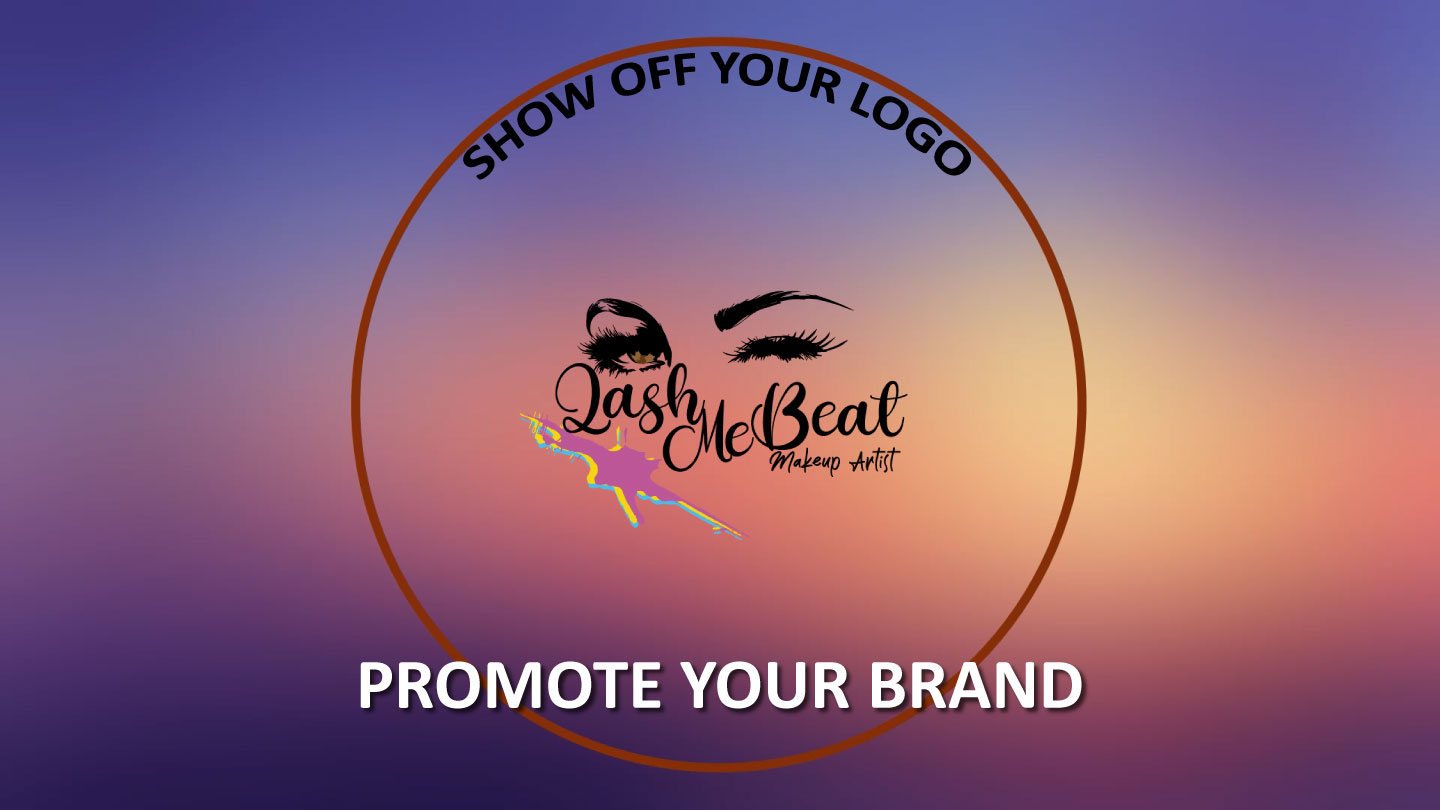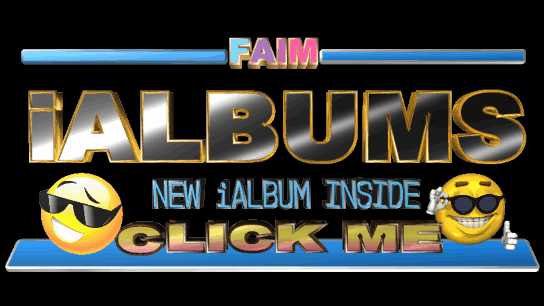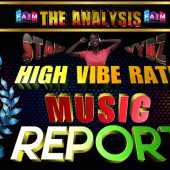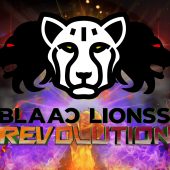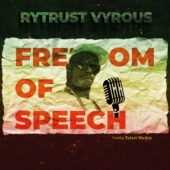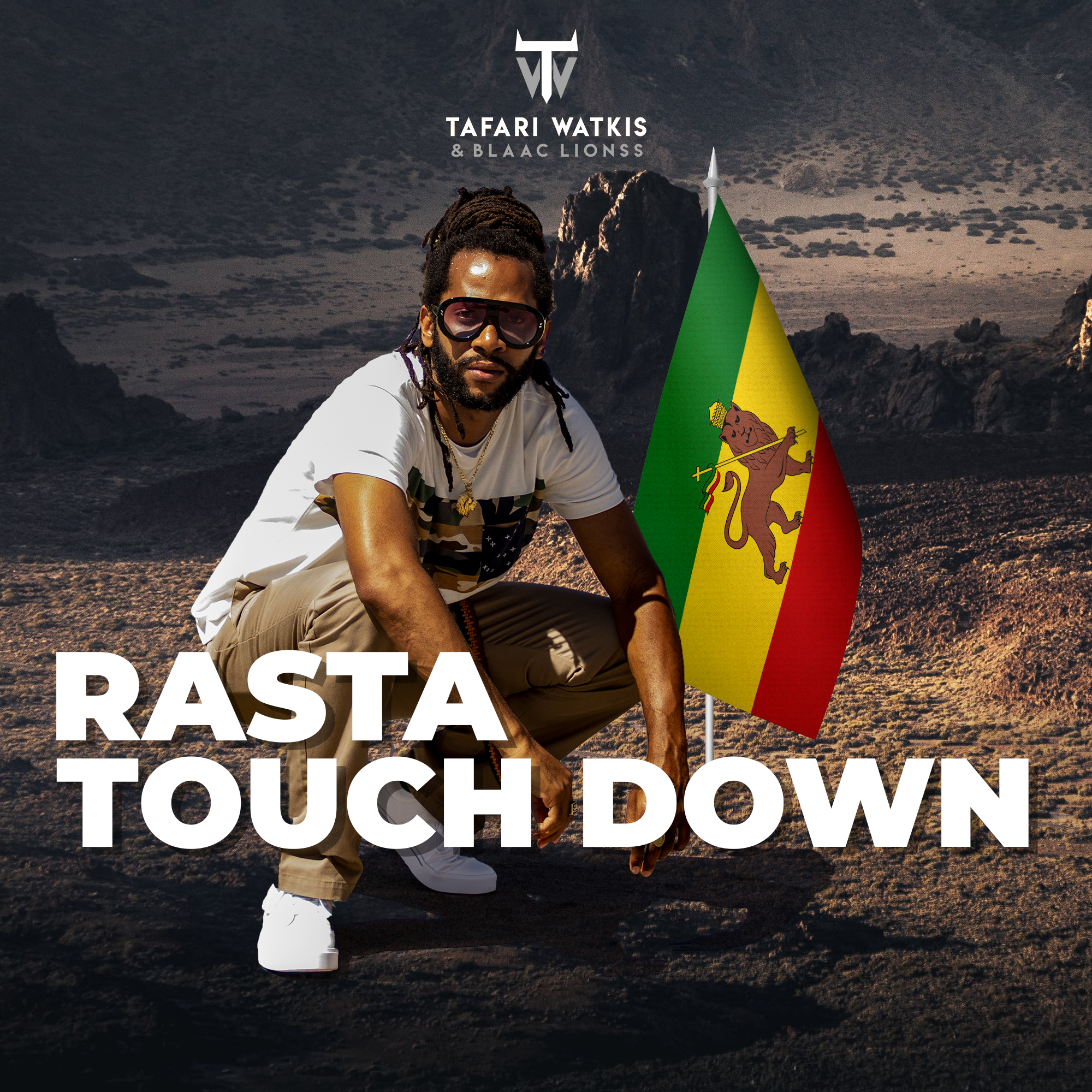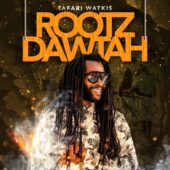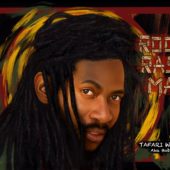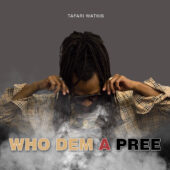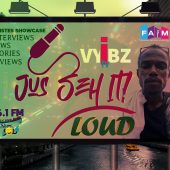Jamaicanising Jamaican culture: Part 1
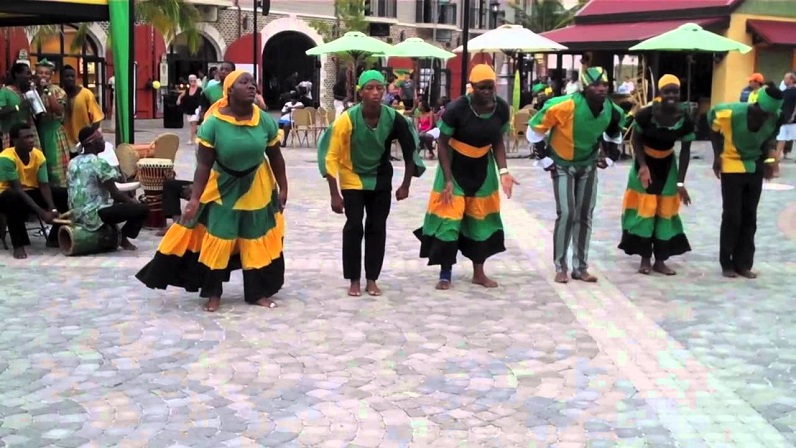
If independence was to be truly meaningful to Jamaicans, it would have to be through the encounters of daily life, ensuring a more sustainable flow of national pride.
Pride was the link to the feelings of the people in belonging to something and something belonging to them. In other words, an embraceable identity. My plan was to focus on building this identity, using Independence as the glue.
Independence created an expectation that some uplifting symbolism to arouse emotions was going to occur to make the people feel that they had achieved a different personal, not just national, status. Furthermore, since this would be a common feeling, it would bind all Jamaicans in building towards unity.

The Jamaican Folk Singers
Jamaicans had experienced four divisive elections over the four years prior to Independence: the federal elections (1958); the general election (1959); the federal referendum (1961); and the independence general election (1962). It was now necessary to put all these political differences in the background and concentrate on the commonality of the people to remind them of their single identity as Jamaicans.
There is no aspect of life in normal times that pulls people together more than popular culture. Creating new areas of cultural expression would then be the focus.
Cultural expression in the 1930s began to be judged on whether the artiste could vary the standard forms of eurocentric art sufficiently to be identified as local creations: changing the palette of the artist to reflect the brighter hues of the tropics; focusing more on subjects of greater local interest in literature, music and drama. But these presentations were largely a veneer, just far enough removed from the Western mould to achieve something sufficiently distinctive which could be labelled Jamaican.

The Jamaican Folk Singers
None of this included the special emphasis which should have been paid to the indigenous folk culture. Not that Jamaican folk culture was being deliberately ignored. It simply suffered from benign neglect and, at times, deliberate neglect from those who had found new Eurocentric roots and did not wish to be reminded of their African origins, or who were convinced by years of deliberate acculturation that creations of Jamaican origin were inferior models of the superior creations of a superior people.
It is natural enough that this is where a departure from established forms should start. Over the 25 years leading to independence, many steps were taken to become more oriented to Jamaica in music, drama, literature, painting, and sculpture. These were fuelled by the need for greater self-identity as a people, following on the heels of Garvey’s teachings of the need for greater self-identification as a race.
The first 25 years succeeded in breaking old moulds, but they did not succeed in creating new forms. These accomplishments, however, were decisive steps not to be downgraded because they succeeded in securing only half-a-loaf. Breaking new ground is always difficult, especially when the barriers to be broken have been reinforced by generations of colonial thinking.
Although the timetable was not planned, by 1963 the pioneering period was 25 years old, by which time it was already showing strong signs of settling for the hard-won but limited gains. It was, in fact, in some areas, running out of creative energy.
Again, not by design, the time table coincided with a new landmark in the achievement of nationhood in 1962. Just as 1938 with its patriotic fervour fuelled the earlier movement to unleash the talent of those in search of a political identity, so too did the ultimate in political attainment, nationhood, awaken a new thrust to search for a national identity.
Material was not lacking. There was much to work with. Indigenous cultural forms and expressions of traditional Jamaican culture abounded. The period from 1938 to Independence failed to tap the real creative substance of the country, sipping rather than drinking from the cup. By that limited approach, what was produced artistically would prove acceptable to those who did not see much worthwhile cultural value in their roots or did not want to be reminded of their origin.
I collected folk tales, folk music, participated in nine-nights and digging sports, played ring games, attended a great many revival spiritual functions and, in short, was immersed and “baptised” in the folk culture of Jamaica.
I also became involved in the emergence of Jamaican popular music which borrowed some of the idioms of traditional music. In 1959 as a manufacturer of records at that time and a promoter of Jamaican popular music, I produced on vinyl the popular Jamaican hit Manny Oh! sung by Higgs and Wilson, written by Wilfred “Jackie” Edwards. The song had won a Vere Johns Opportunity Hour contest.
As I roamed in Rose Town in Kingston, I encountered Kumina in 1954, an African-based spiritual sect. It was then that I met “Sister B”, later to be known as “Queenie”. She was Queen of the Rose Town kumina group; the King was “Baba C”, a drayman who worked for Times Store. We greeted each other with a “malembe, malembe buta munte”, a salutation in a language of Angola — the country of origin of the kumina people — as later identified at the School of African and Oriental Studies of London University from a tape which I made of many selections of the language and songs.
In my exposure to revival cults, I learned a great deal from Controller Francis in Rose Town, the guru of pukkumina revival, a man only five feet in stature, but regarded as the well-spring of wisdom, the Crown Sitting Father. Shepherd Page of the Number Seven Band in Salt Lane gave me a base of operation. Soon there was no one worth knowing in revival who I did not know.
I had the good fortune as I roamed Trench Town and Jones Town to meet Malachi Reynolds, “Kapo”, whose church at Clock Tower Circle in Trench Town was a fountain of knowledge of Zion revival.
To take this step, I pulled together the beginnings of a new direction, with a new team, a new theme, and a new momentum. It was out of that new beginning that the Jamaica Festival was established. It would string together the elements of festivals held from time to time over previous years. These were sporadic efforts created to accomplish particular objectives. The most elaborate of these dedicated events was the commemoration of 300 years of British rule in Jamaica which was staged in 1955 as an elaborate float parade.
All these helped in the build-up to the spectacular festival staged for the Independence celebrations in 1962.
Beginning in 1963, the Jamaica Festival added areas of cultural activities which had little or no previous presence in any festival. This created a more comprehensive programme than any in the English-speaking region of the Caribbean and, perhaps, beyond. The Jamaica Festival showcased performances, exhibitions and recitals in contests or annual presentations featuring:
* song and dance;
* painting, sculpture and ceramics;
* speech and drama;
* literature and photography;
* the culinary arts; and
* costume shows, float parades and street dancing.
Of special pleasure to Jamaican audiences of all backgrounds was the natural inclusion of recitals of dialect verse pioneered by Louise Bennett who, for 25 years, had been breaking down the barriers of rejection of Jamaican dialect as an art form. In so doing, she helped to bring folk culture into the limelight. Her verses probed the social psyche of Jamaicans with comical parodies of the values, beliefs and behaviour of the two Jamaicas. The ridicule of her barbs became a medium of deeper understanding to all.

BENNETT: broke down the barriers of rejection of Jamaican dialect as an art form
The Jamaica Festival became so expansive that it provided something of interest for everyone, particularly when broad-based activities such as sporting events were added at local levels.
The events would reach their finale in competitions after months of regional eliminations, or would be programmed for performance and exhibition in independence week, climaxing on August 6, Independence Day, or before.
There was a problem ,however, in publishing works of artistic merit or historical significance and papers of scientific interest — there was no publication to accommodate such writings. This led me to encourage the venerable Institute of Jamaica to launch such a publication to enable cultural, scientific, and historical contributions to be published. In 1967, the Jamaica Journal made its first appearance. It has now become a publication of national repute and international value.
Even before the Jamaica Festival began to cast its long shadow over the cultural domain, Jamaica was developing its popular music based on local compositions with local rhythms sung by local singers, who were invariably also the composers and the creative and versatile dancers complete the mix.





